To provide the best experiences, we use technologies like cookies to store and/or access device information. Consenting to these technologies will allow us to process data such as browsing behaviour or unique IDs on this site. Not consenting or withdrawing consent, may adversely affect certain features and functions.
The technical storage or access is strictly necessary for the legitimate purpose of enabling the use of a specific service explicitly requested by the subscriber or user, or for the sole purpose of carrying out the transmission of a communication over an electronic communications network.
The technical storage or access is necessary for the legitimate purpose of storing preferences that are not requested by the subscriber or user.
The technical storage or access that is used exclusively for statistical purposes.
The technical storage or access that is used exclusively for anonymous statistical purposes. Without a subpoena, voluntary compliance on the part of your Internet Service Provider, or additional records from a third party, information stored or retrieved for this purpose alone cannot usually be used to identify you.
The technical storage or access is required to create user profiles to send advertising, or to track the user on a website or across several websites for similar marketing purposes.
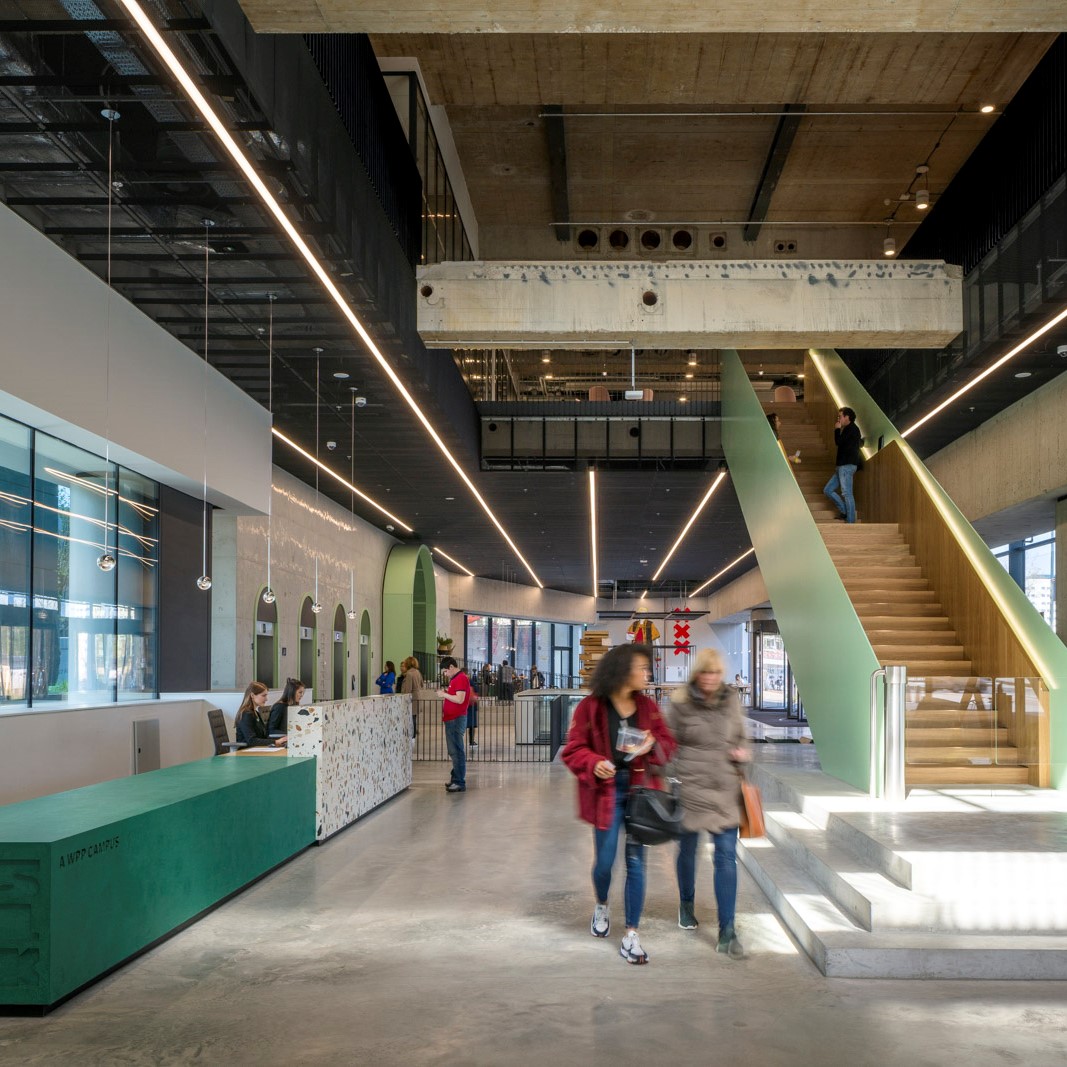 BDG architecture + design has completed the new Amsterdam campus for WPP as part of its global co- location strategy, which is to provide world-class spaces that bring together its people and agencies into one location, encouraging greater collaboration and giving clients easier access to all of WPP’s talent and expertise. (more…)
BDG architecture + design has completed the new Amsterdam campus for WPP as part of its global co- location strategy, which is to provide world-class spaces that bring together its people and agencies into one location, encouraging greater collaboration and giving clients easier access to all of WPP’s talent and expertise. (more…)




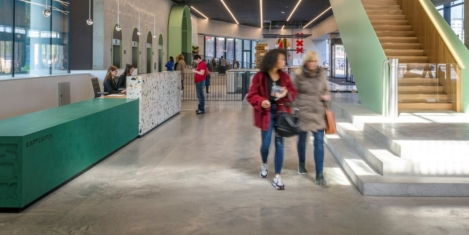
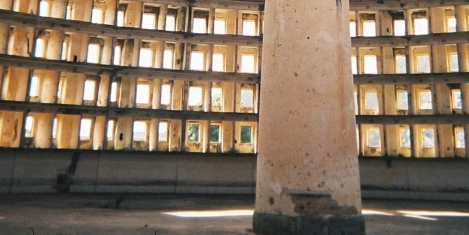
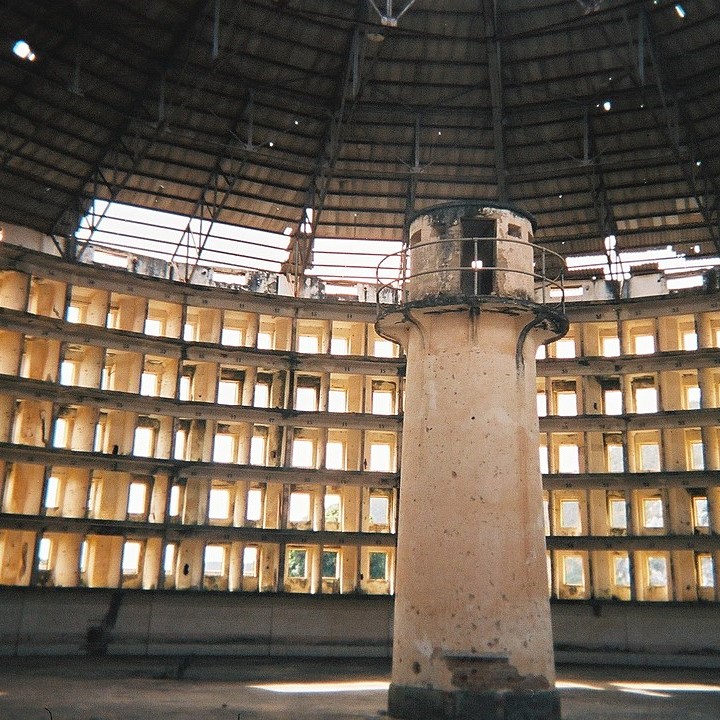 For decades the trend among workplaces has seen employees moving out of individual offices and into open plan spaces. This has not always been successful, with the open-plan approach
For decades the trend among workplaces has seen employees moving out of individual offices and into open plan spaces. This has not always been successful, with the open-plan approach 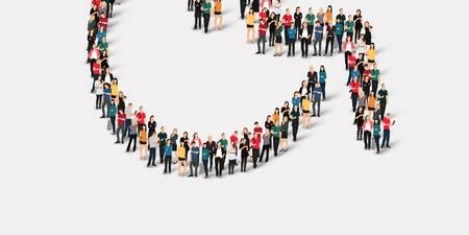
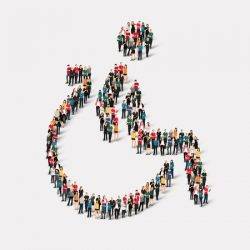
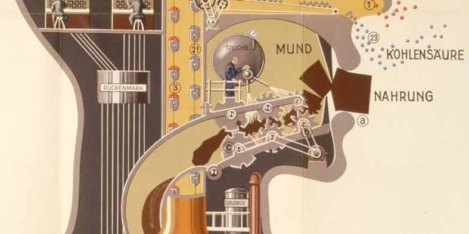
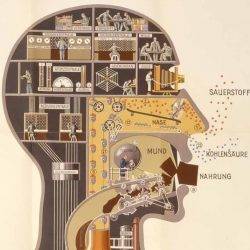


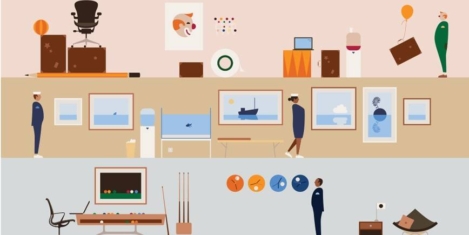
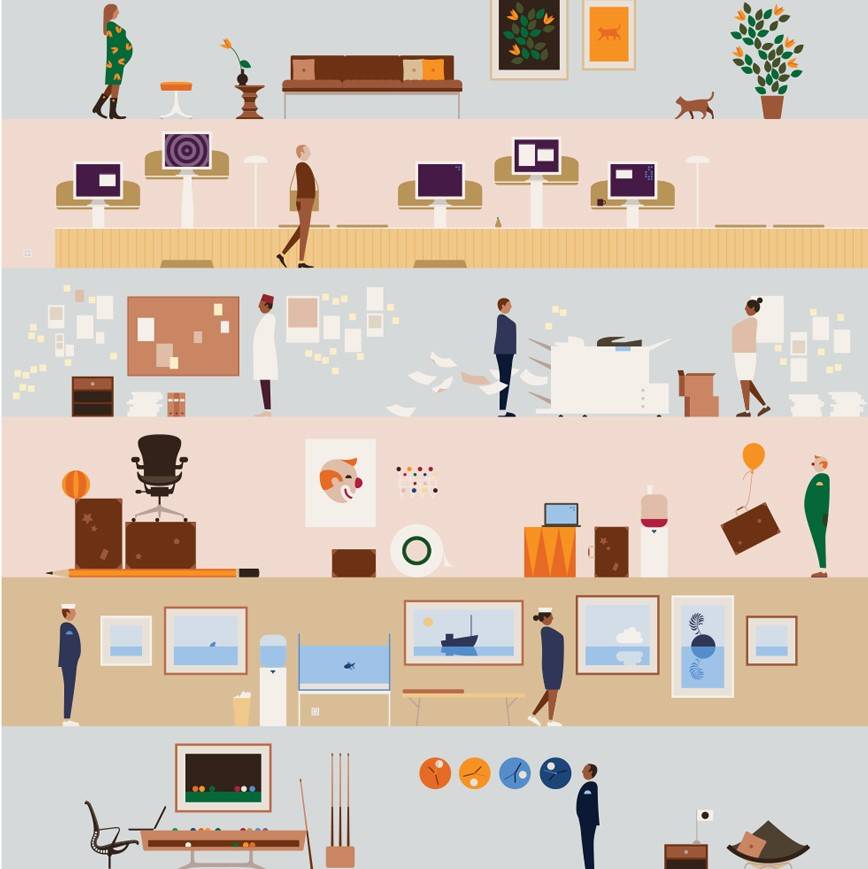
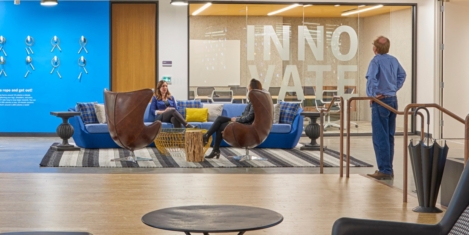
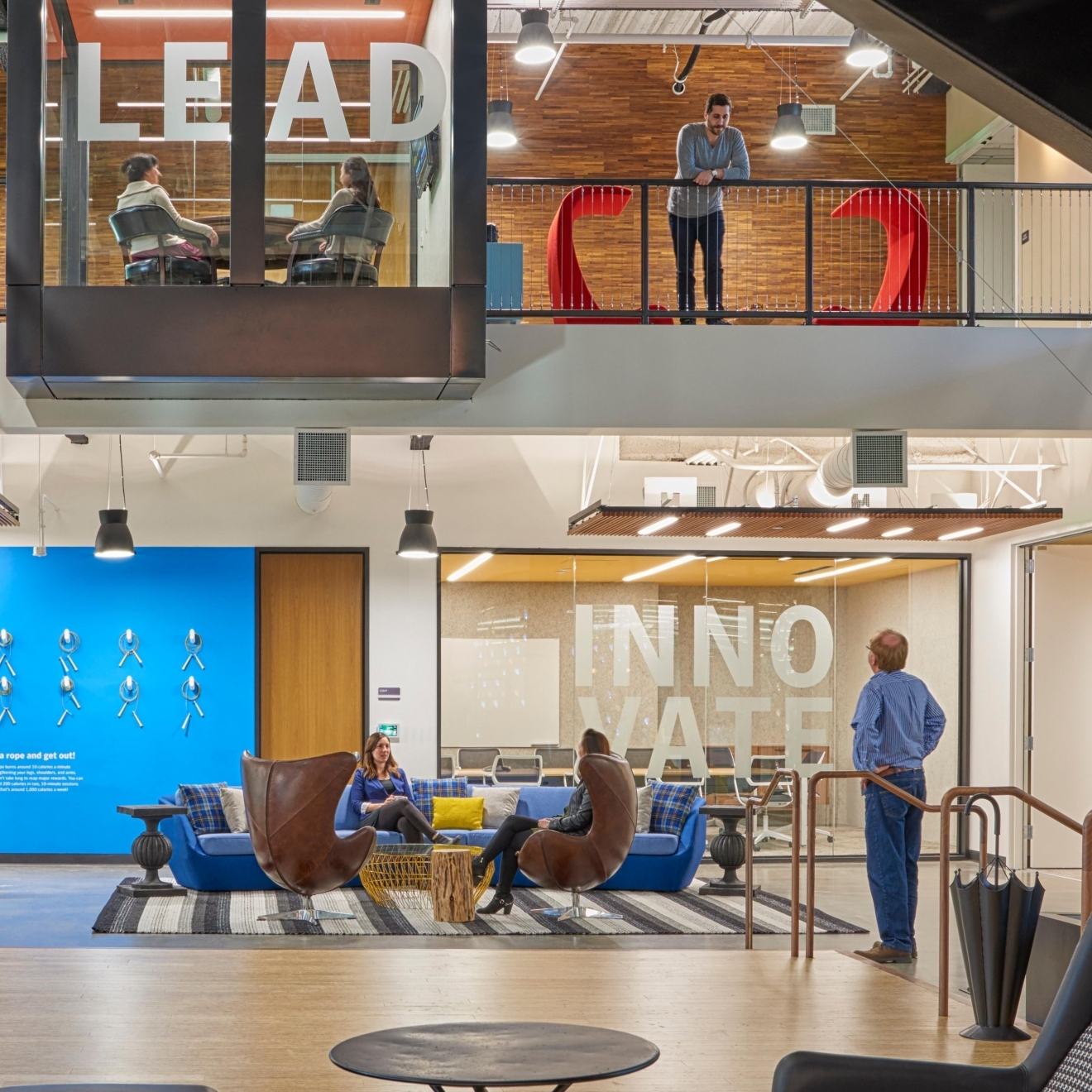
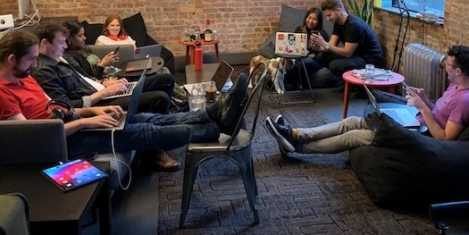
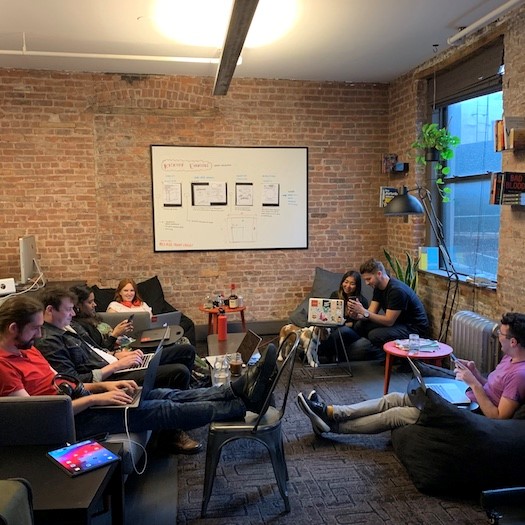 Most US workers prefer to spend some time in an office (83 percent) over fully working from home, according to
Most US workers prefer to spend some time in an office (83 percent) over fully working from home, according to 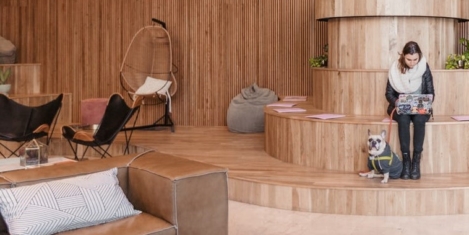
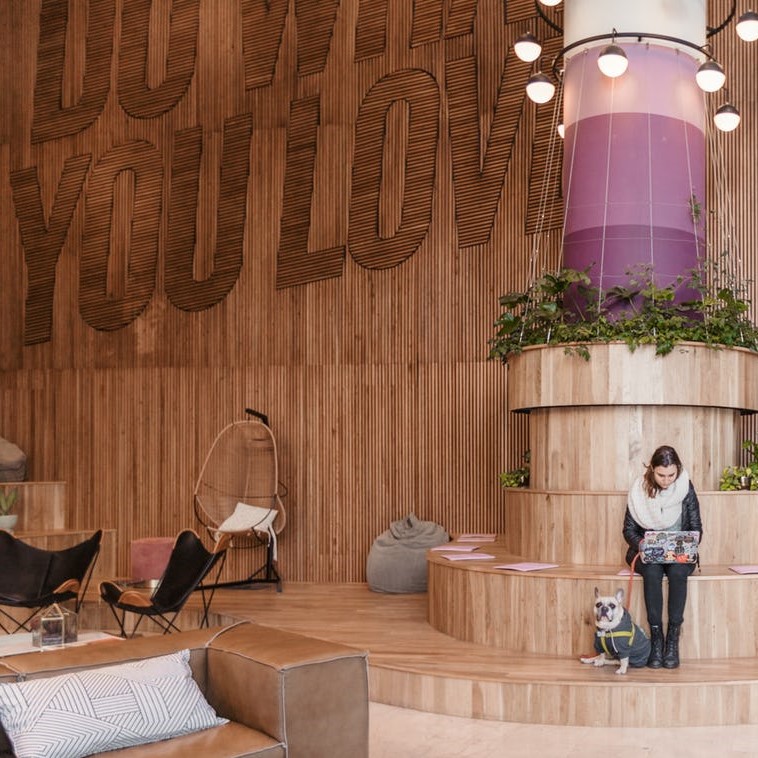

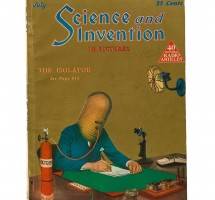
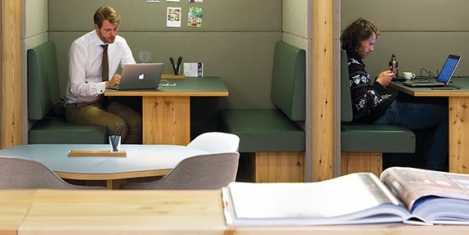
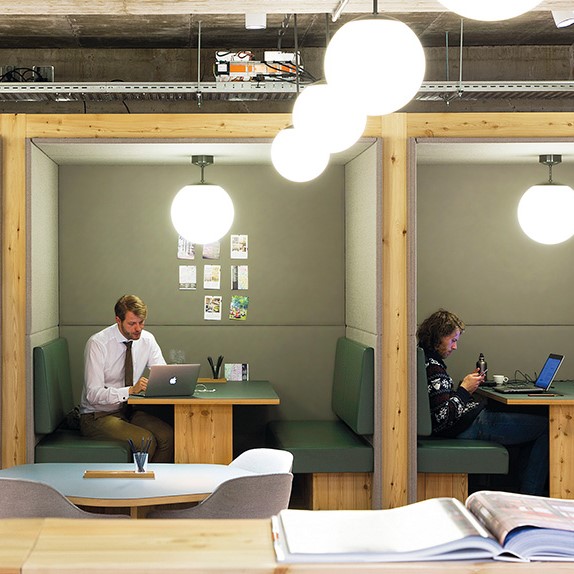


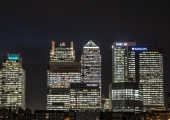

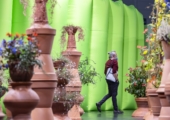

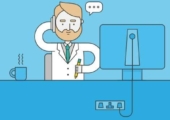


June 28, 2019
Office taxonomy and an increasingly diverse workplace ecosystem 0
by Mark Eltringham • Comment, Facilities management, Workplace design